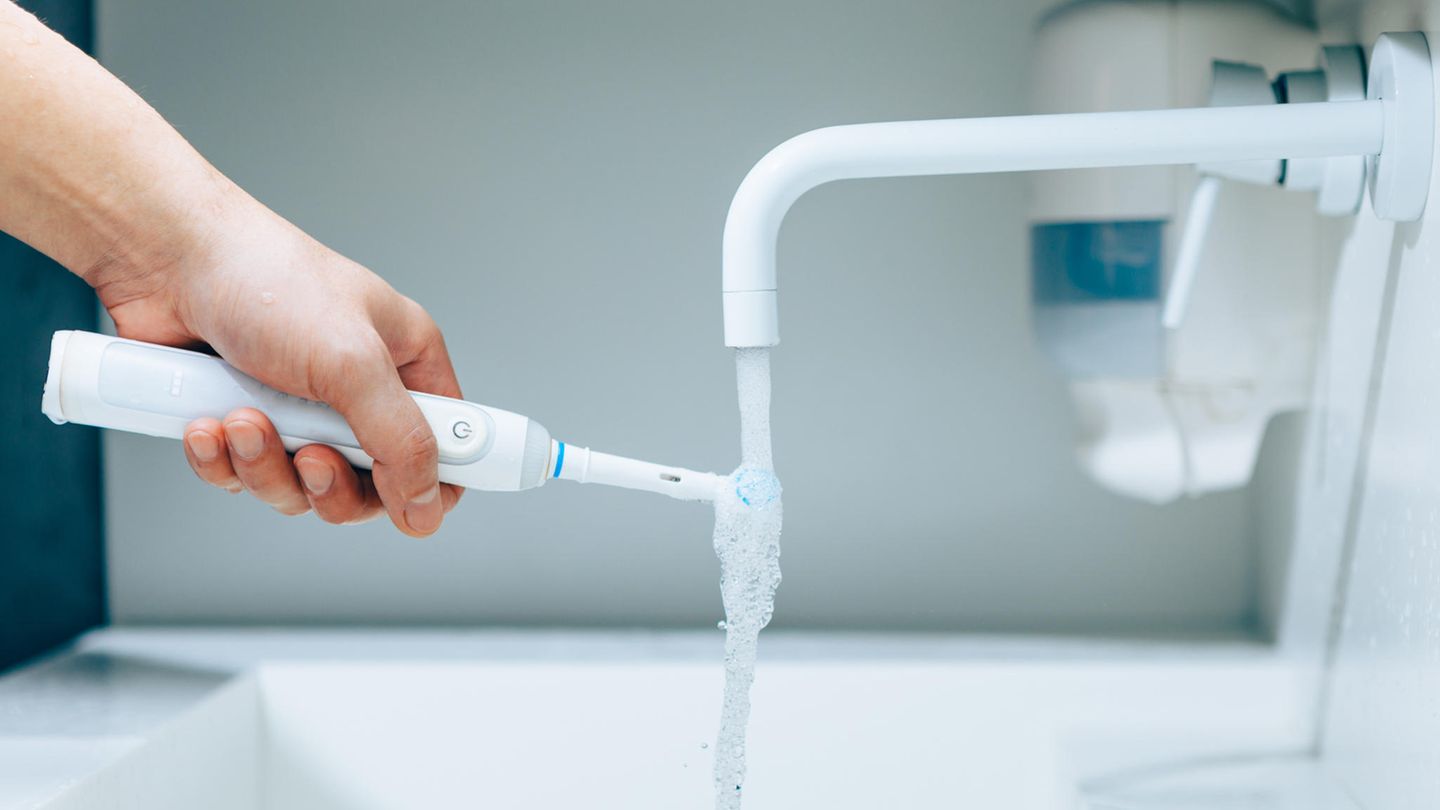I’m Caroline, a journalist and author for 24 Hours Worlds. I specialize in health-related news and stories, bringing real-world impact to readers across the globe. With my experience in journalism and writing in both print and online formats, I strive to provide reliable information that resonates with audiences from all walks of life.
Menu
Why you should clean your electric toothbrush more often
Categories
Most Read
Wash your hands properly: You should know these facts and myths
October 15, 2025
No Comments
Shaping your eyebrows: This is how you give your face more expression
October 14, 2025
No Comments
Happiness Research: Are Young Adults Unhappier Than Before?
October 14, 2025
No Comments
Assets: How to Protect Grandma’s House and Belongings
October 13, 2025
No Comments
Time change again: Why hasn’t it been abolished yet?
October 13, 2025
No Comments
Latest Posts

Beauty Advent Calendar 2025: These cosmetic calendars are worth it
October 15, 2025
No Comments
CarolineI’m Caroline, a journalist and author for 24 Hours Worlds. I specialize in health-related news and stories, bringing real-world impact to readers across the globe.

Kim Virginia and Nikola Glumac: reality stars got married in Las Vegas
October 15, 2025
No Comments
Lisa HarrisI am an author and journalist who has worked in the entertainment industry for over a decade. I currently work as a news editor

Debt: the Treasury renewed only 45.7% of maturities and released more than $2 trillion to the market
October 15, 2025
No Comments
October 15, 2025 – 17:02 The market had been anticipating that the Treasury was going to have a lower rollover level based on the dollar
24 Hours Worlds is a comprehensive source of instant world current affairs, offering up-to-the-minute coverage of breaking news and events from around the globe. With a team of experienced journalists and experts on hand 24/7.

